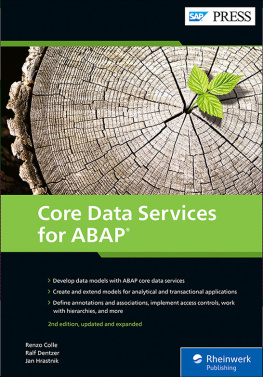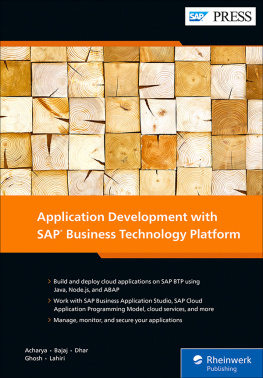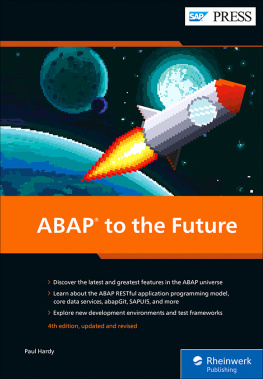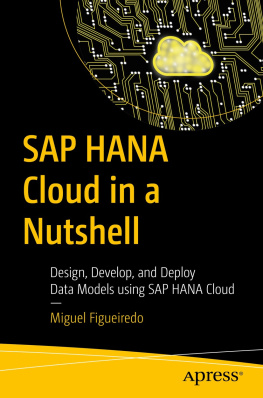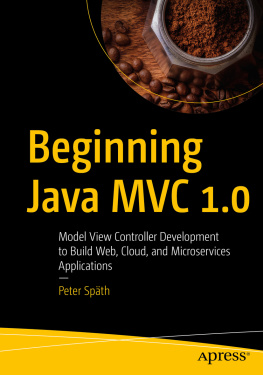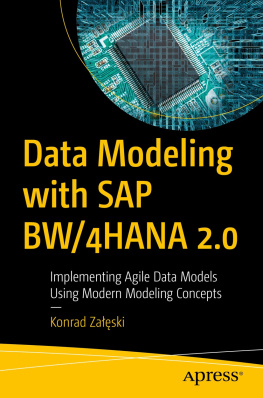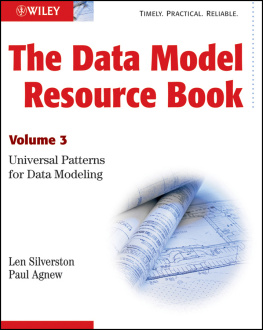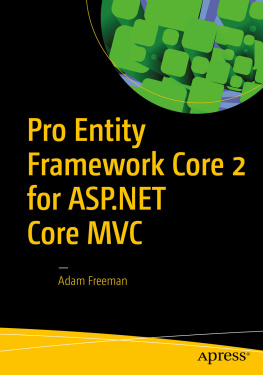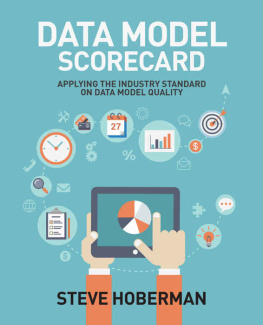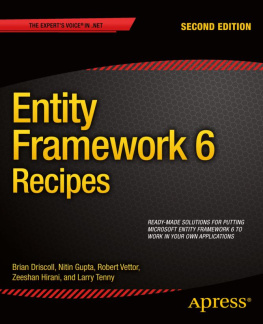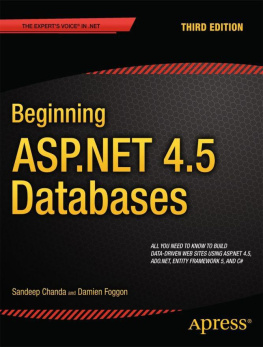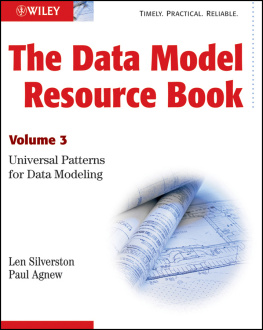One of my favorite annual occasions comes from an unlikely source: the dictionary. Every year, Merriam-Webster releases a list of new entries to its dictionary. This often holds a mirror to the unique qualities of the past year, as language evolves to reflect world events and popular culture.
What were some new words in 2021? Terms like crowdfunding and gig worker have been added in an effort to catch up with a changing business landscape. New meanings for the words pod and bubble have been officially recognized as a result of the COVID-19 pandemic. The race to keep up with online communication has continued with internet-friendly entries like reaction GIF and @. With the inauguration of the first female vice president of the United States, Second Gentleman has been officially inducted into the dictionary. The list goes on.
In a similar way, we can see code languages evolve year over year. New programming models and syntax improvements make it necessary to keep your coding skills up to date, and ABAP CDS is no exception. With this second edition, expert CDS linguists Renzo Colle, Ralf Dentzer, and Jan Hrastnik have fully updated and expanded the content to reflect the current state of ABAP CDS. However, this book is more than a coding dictionarythis is your comprehensive guide!
What did you think about Core Data Services for ABAP ? Your comments and suggestions are the most useful tools to help us make our books the best they can be. Please feel free to contact me and share any praise or criticism you may have.
Notes on Usage
This e-book is protected by copyright . By purchasing this e-book, you have agreed to accept and adhere to the copyrights. You are entitled to use this e-book for personal purposes. You may print and copy it, too, but also only for personal use. Sharing an electronic or printed copy with others, however, is not permitted, neither as a whole nor in parts. Of course, making them available on the internet or in a company network is illegal as well.
For detailed and legally binding usage conditions, please refer to the section .
This e-book copy contains a digital watermark , a signature that indicates which person may use this copy:
Notes on the Screen Presentation
You are reading this e-book in a file format (EPUB or Mobi) that makes the book content adaptable to the display options of your reading device and to your personal needs. Thats a great thing; but unfortunately not every device displays the content in the same way and the rendering of features such as pictures and tables or hyphenation can lead to difficulties. This e-book was optimized for the presentation on as many common reading devices as possible.
If you want to zoom in on a figure (especially in iBooks on the iPad), tap the respective figure once. By tapping once again, you return to the previous screen. You can find more recommendations on the customization of the screen layout on the .
Preface
Core data services ( CDS ) form the basis of the ABAP platform s modern programming model and are therefore an important part of SAPs current technology strategy. Among other things, as an extension of SQL, this technology allows users to leverage the features of the SAP HANA database . ABAP CDS and its annotations can be used to enhance the model with information that can be optimally integrated into analytical applications and web interfaces for cloud applications or user interfaces (UIs) via OData as a model-based protocol. CDS also serves as a foundation for the new ABAP RESTful application programming model . Therefore, CDS and the programming model based on it form the basis of SAP Fiori applications , which embody the new standards for the modern user experience of SAP applications.
SAP S/4HANA , the next generation business suite, is also based on CDS in the form of the virtual data model ( VDM ). In this book, we describe the use of CDS from the perspective of SAP S/4HANA and its overall architecture (up to date for release 2021). Therefore, we not only describe the technical aspects of CDS but also the motivation behind the applied approaches. We use examples from application development and supplement them with recommendations for the successful implementation of your own projects, which go far beyond discussing purely functional aspects.
We cover the most important aspects and functions of ABAP CDS, which are used in concrete use cases in the SAP S/4HANA environment. For a technical description of all CDS functions, you can refer to the SAP standard documentation. This book also provides the relevant basis (in the respective version of the ABAP platform) for the applicable syntax and the scope of functions supported.
The CDS-based programming model is relatively new and is therefore still subject to changes and significant further enhancements. Especially in the field of transactional applications, the development of the programming model is still evolving. Particularly in this area, we expect the implementation to become more efficient and the range of features and functions to be extended significantly in the future. You should always consider this evolution when implementing your own projects.
With this book, we aim to give you an overview of the CDS-based programming model and possible use cases. The knowledge we provide will enable you to define CDS models based on the basic rules and recommendations that the SAP standard development follows, to use them in a reasonable way in your applications, and to enhance the SAP S/4HANA standard applications. By the time youve finished the book, you should have developed comprehensive knowledge of the underlying concepts, learned how SAP uses these concepts in SAP S/4HANA, and gained a practical understanding of how these concepts can be applied when building your own applications.
The book is primarily aimed at ABAP developers who want to develop or enhance ABAP-based applications for use in OData application programming interfaces (APIs), in analytics or in SAP Fiori UIs. Basic knowledge of ABAP development and SQL is required. However, if youre a newcomer to the ABAP and SQL world, the book will help you create your first applications and services with the help of CDS models. You can very quickly develop appealing analytical applications and interfaces, as well as purely reading applications, without writing ABAP code yourself.

